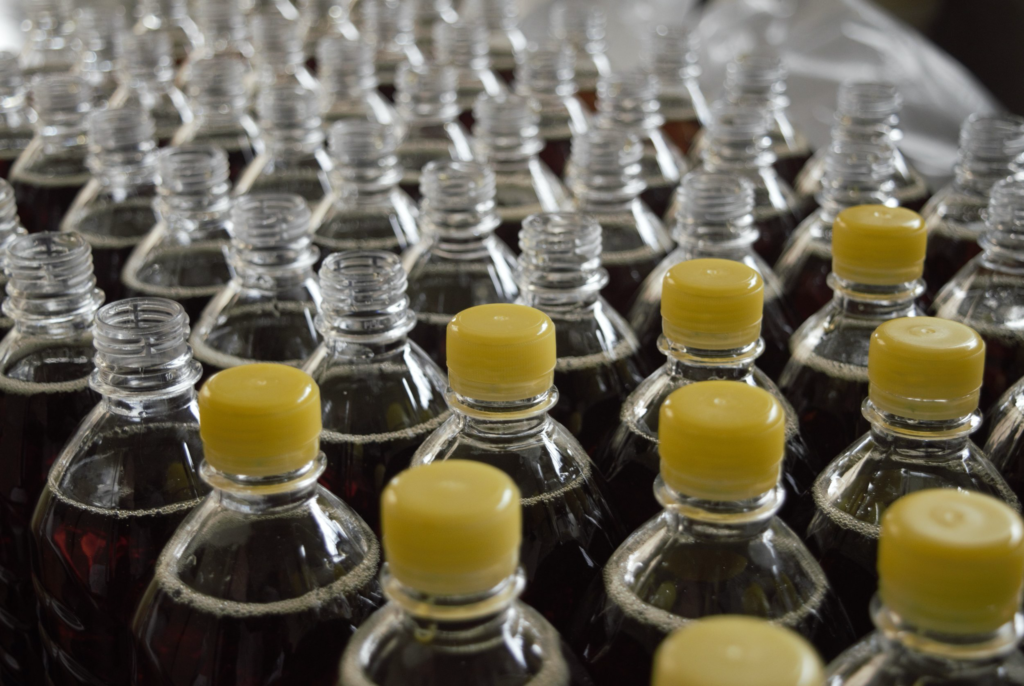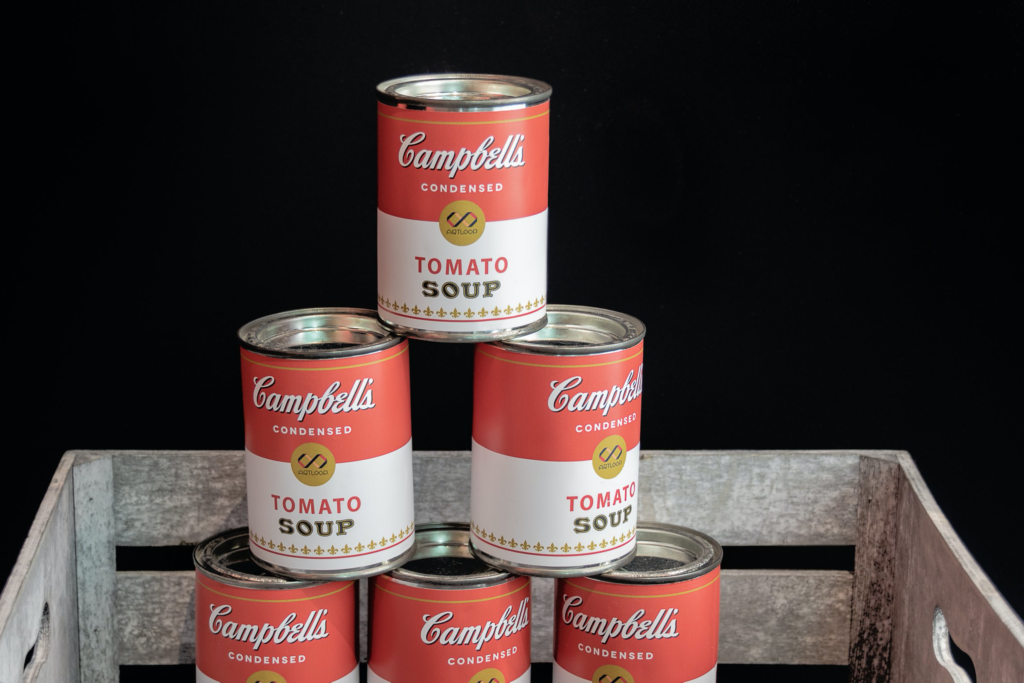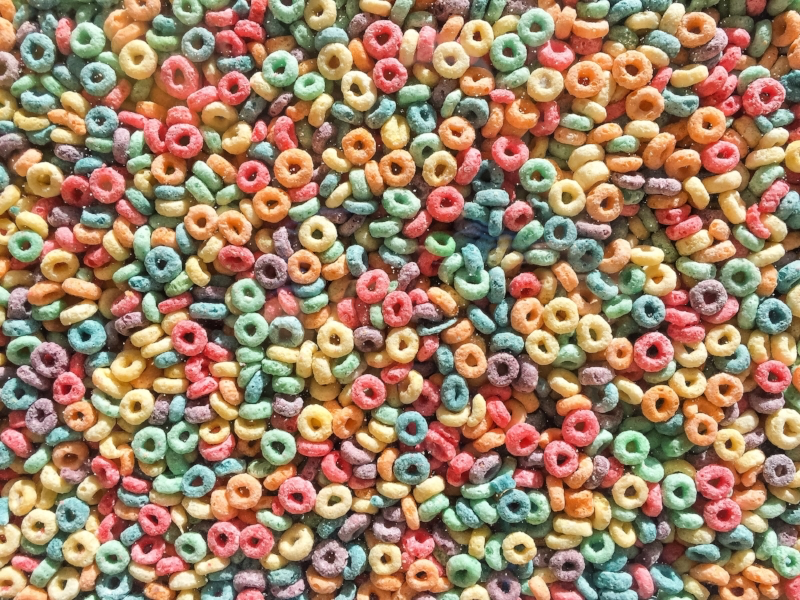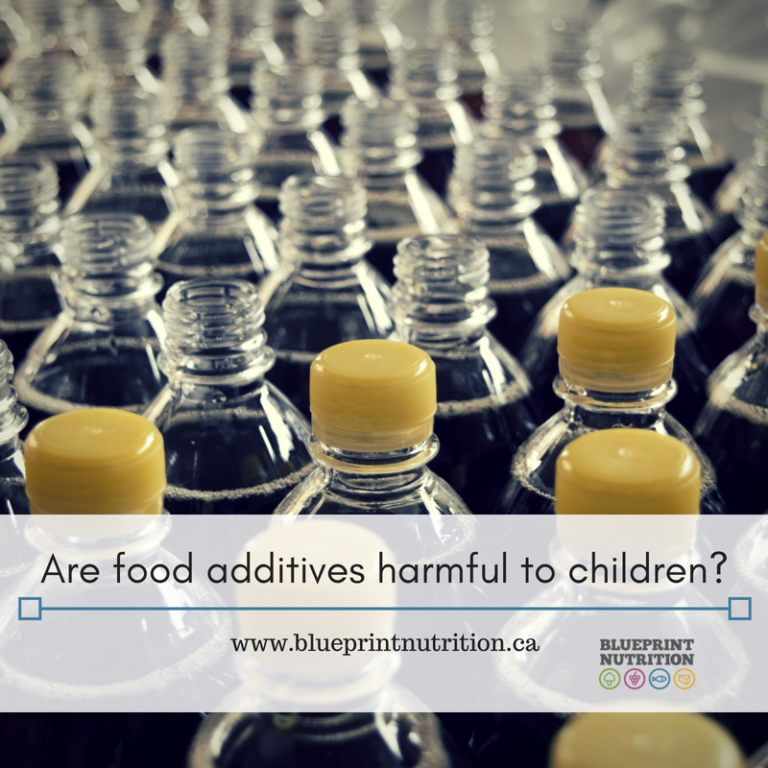I sign up for a LOT of e-newsletters and get way too many emails as a result. While my inbox is overrun with catchy headlines and emojis that usually don’t get my attention, there is one e-newsletter that always draws me in: the weekly “journal watch” emails from the New England Journal of Medicine. The only way to stay relevant in the ever-changing nutrition world is to stay abreast of what is being published, even if I am only able to glance at the titles. Yes, I think we have established that I am a geek already…
This past week, one headline caught my attention as it read “Food Additives and Child Health” published by the American Academy of Pediatrics (AAP). Although the content in the article was not new to me, the fact that AAP released a technical report on this topic did elevate my sense of concern regarding food additives.
I know that many of you are parents (or grandparents) and would appreciate knowing this information, so I share to help educate as best I can, even though I am not an “expert” in food additives or toxicology.
What’s this all about?
The AAP released this report due to increasing scientific evidence suggesting adverse health effects from chemicals currently being used as food additives. Food additives are defined as either being directly added to food during processing or indirectly used in materials that come into contact with food during processing or packaging.
In the United States, there are approximately 10,000 chemicals that can be added to food, and 1,000 of those are used under the guise as being “Generally Recognized as Safe” (GRAS). The AAP states that this GRAS designation is, for lack of a better phrase “loosey goosey” and is commonly granted by company employees or hired consultants (cue eyebrow rise).
There is a particular concern regarding these chemicals in children because kids are much smaller than adults and so any ‘dose’ of a particular chemical in their little bodies is much higher on a per kilogram body weight basis. Plus, their bodies are still rapidly developing and so any disruption to normal growth processes can put them at an increased risk of harm.
The APP highlights concerns around the following six groups of chemicals, some of which may be familiar to you and others which may be new. I will do my best to outline each class to you.
6 chemicals to watch for and their effect on child health
1. Bisphenols


Bisphenols are found in plastic food containers and in the lining or coating of metal cans (i.e. canned fruits and vegetables) to prevent corrosion. Canada was the first country to ban bisphenol A (BPA) from baby bottles and now we see many beverage containers marked as “BPA-free”. Unfortunately, most canned foods still use BPA or other similar compounds, including bisphenol S which produces similar negative health consequences. Research has shown that 99% of BPA exposure comes from food-based sources, however, other sources include some dental sealants and thermal copy paper (i.e. paper receipts).
Why should we be concerned about bisphenols? BPA is a known endocrine disruptor which means that it can alter the age that puberty begins, reduce fertility, and has been shown to activate the conversion of body cells to adipocytes (fat cells), thereby contributing to the development of obesity. It can also cause problems with the immune and nervous systems.
2. Phthalates
Phthalates are chemicals used in clear plastic food wrap, as well as plastic tubing and storage containers that are used in the industrial processing and packaging of food. Aside from food-based uses, they are also found in personal care products like shampoos, lotions and makeup, as well as garden hoses and inflatable toys.
These chemicals, like bisphenols, are endocrine disruptors and contribute to insulin resistance and the development of obesity. Other studies show that these molecules are pro-inflammatory and increase oxidative stress and may produce dysfunction in cardiac/heart cells.
3. Perfluoroalkyl Chemiclas (PFCs)
PFCs are compounds that resist heat and are used in a variety of products including upholstery, fire-retarding foams, non-stick cooking surfaces, and grease-proofing of paper used in food packaging.
Exposure to certain PFCs has been associated with negative health outcomes, including immune suppression, low birth weight in babies, reduced fertility, thyroid alterations, and negative consequences from endocrine disruption.
4. Perchlorates
These chemicals enter our food system as a direct contaminant in water and as part of nitrate fertilizers. They are also present as indirect food additives used in plastic packaging of dry foods that do not contain fat or oil (i.e. sugar, flour or starches) and through a specific type of bleach, used as a cleaning agent in food manufacturing facilities.
Why the concern with perchlorates? They are known to disrupt thyroid hormone production. The AAP also raises concern that infants who are fed powdered formula may have an increased risk of high perchlorate exposure from the plastic materials used in the packaging of formula.
5. Artificial Food Colours


Synthetic artificial food colours (AFCs) are colouring agents that are added to foods and beverages to essentially make them look pretty and lure in young children by the resulting brightly coloured products. (Side note, this works very well as recently my son has become obsessed with looking at Gatorade at the grocery store for this very reason!) There are several AFCs approved for use in Canada, which you can find here.
The concern over AFCs has to do with their potential role in intensifying symptoms of attention-deficit/hyperactivity disorder (ADHD) in children (the literature clearly states that AFCs do not cause ADHD). The effect of AFCs is not limited to children with ADHD; accordingly, AFCs are more of a general public health problem. There are many gaps in the knowledge base regarding AFCs due to poor research methods but with a staggering quadrupling of per capita daily consumption (US statistic) in the last 50 years, it requires out attention and study.
6. Nitrates and nitrites
Nitrates and nitrites are chemicals that are directly added to foods, specifically meats and some cheeses, as a preservative and colour-enhancer.
If you have paid some attention to health-related news over the years you would have likely heard about various health advisory groups (including the International Agency for Research on Cancer and the World Health Organization) classifying processed meats as cancer-causing to humans. Although nitrates/nitrites are not carcinogenic themselves, they react with other compounds (secondary amines) to form compounds (N-nitroso compounds) that are carcinogenic in the body.
Convincing evidence has linked the intake of processed meats with an increased risk of colon cancer while other data show that pregnant women who consume high quantities of nitrite-processed meats put their unborn child at a great risk of childhood brain tumours. Nitrates are also linked to disrupting thyroid function.
Wait! This is an American report. Is the same story true in Canada? What does the Canada Pediatric Society have to say about food additives and child health?
The regulation process is different in Canada where food additives are controlled by Health Canada via the Food and Drugs Act, and the Canadian Environmental Protection Act regulates toxic substances. I personally know very little about how food additives are reviewed under these acts but from what I have read, the process is not rigorous and leaves much room for improvement.
Although the Canadian Pediatric Society has not developed its own policy on food additives and their impact on child health, the APP does not stand alone in their concerns. Other bodies who have published reports or consensus statements related to this topic include:
- The Endocrine Society (2015) – here
- The International Federation of Gynecology and Obstetrics (2015) – which includes the Society of Obstetricians and Gynaecologist of Canada – here
- The WHO/UNESCO (2013) – here
So now that I’ve scared you to death, here are a few things to remember.
After reading this report I had a bit of an internal panic-attack. And then my husband kindly put things into perspective for me by reminding me of the story that back in the 80’s my mom had held me as a newborn on her lap in the front seat of the car on a road trip all the way from from Southern Ontario to Manitoba.
We only know what we know at the time and have to make decisions based on the current information available. If my mom was parenting now she would have absolutely purchased a car seat and had me strapped in it.
We didn’t know about a lot of this information years back, so don’t beat yourself up. I was fed formula from BPA-laced bottles back in the day and I’m still breathing.
A lot of the information that was shared in this report deals with increasing evidence from animal studies and some human data. It is extremely difficult to show that each of these chemicals CAUSES the development of a disease, as it is downright unethical to run studies where some children would be routinely exposed to these chemicals and others not, considering that we suspect they do cause harm. Therefore, researchers can only use softer data from observational studies which takes longer to establish stronger links.
However, as the author of this study put it in an interview with the Globe and Mail:
“we’ve reached a moment wherein we recognize that the science is suggesting that we can’t assume that chemicals are innocent until proven guilty.”
So, what should we do?
It’s easy to get overwhelmed with reports like this. Here are a few practical strategies to minimize risk moving forward:
1. Start or continue cooking and eating whole, real foods as much as possible. By cooking from scratch, you can significantly reduce the amount of packaging and processing that your food encounters and thereby reduce your exposure to these chemicals. Whole foods that go directly from the farm to your table are also free of artificial colours and flavours – score!
2. Consider switching to stainless steel water bottles or seek out companies that avoid not only BPA but also similar counterparts like bisphenol S. Just please promise me you won’t give your toddler a glass water bottle for obvious reasons!
3. On that note, be reasonable with plastic containers. I recently had an accident at home where one of my glass jars that was filled with hemp hearts fell from the fridge and shattered into a million pieces all over the floor where my barefoot children were dancing. This precipitated a move to plastic storage containers with pop-top lids. Will I go back to glass now after reading this report? No. The risk of tiny bits of glass shards stuck in my children’s feet and trips to the emergency room is a greater relative risk than using these plastic containers for me.
When selecting plastic containers, the APP recommends avoiding plastics with recycling codes 3 (phthalates), 6 (styrene) and 7 (bisphenols), unless they are labeled as “biobased” or “greenware”, which means they are made from corn.
4. Keep plastic out of the dishwasher and microwave as heat can cause plastics to leach BPA and phthalates into food.
5. Choose fresh and frozen food whenever possible instead of canned foods. Most of my consumption of canned foods comes from beans/pulses (black beans, chick peas, kidney beans) and fish (tuna and salmon). I am fortunate that I know how to can tomatoes in glass jars in the summer and have typically purchased tomato sauce in glass jars.
There are companies who uses BPA-free cans (i.e. Eden organics), but they do cost a lot more than their counterparts. You can always buy dried beans and cook them yourself, which is much cheaper, but takes more time. Frozen beans are now an option too. Remember, you can only do as much as you can do.
6. Invest in some good stainless steel cookware. If you choose to buy a non-stick pan, be sure to check what the coating is made from and whether it contains any of these chemicals. Consider clay bakeware for baking cookies, muffins, loaves and casseroles. I’ve had good experience with Pampered Chef in this department.
7. Avoid processed meats, especially during pregnancy and for young children. Don’t be fooled by the use of alternative nitrate/nitrite preservatives, including celery powder in the “organic” or “natural” processed deli meats. These products have been found to contain nitrites in similar or higher concentrations to their traditional counterparts.
8. If you are formula feeding, please don’t stop feeding your baby because of its potential contact with percholartes from the plastic packaging. Breastmilk is the best option by far, but at the end of the day, fed is best. (You can read my story all about that here). Cow, goat, almond or any other mammal or plant-based milk is NOT appropriate for infants.
And on this final note, I just have to say, PLEASE use common sense. It’s not so common anymore but don’t go into a state of paranoia. I am not going to permanently ban pepperoni in my house, nor am I going to throw all my canned beans away. I plan on making small changes, as they seem reasonable, and hope you will too.
And whatever you do, put your kid in a car seat and wear your own seat belt 🙂
Take it one bite at a time,
Rosanne








